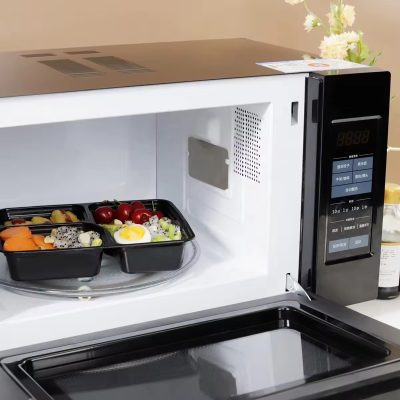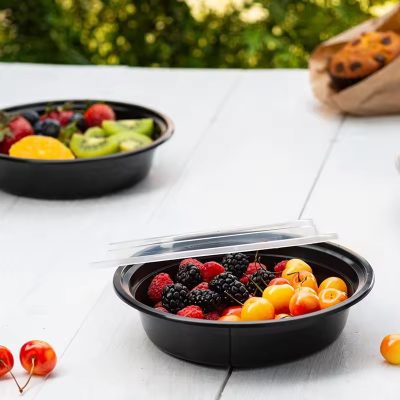Food containers have undergone a remarkable evolution, transitioning from mere vessels to sophisticated tools that safeguard freshness, ensure convenience, and promote sustainability in the food industry. This article delves into the dynamic landscape of food containers, tracing their evolution, highlighting their contemporary features, benefits, and the industry’s steadfast commitment to innovation and sustainability.
The Journey of Food Containers
Food containers have come a long way since their inception, evolving from simple clay pots and wooden crates to the diverse array of materials and designs available today. From the advent of plastic and glass containers to the emergence of eco-friendly alternatives, the evolution of food containers reflects advancements in technology, consumer preferences, and environmental consciousness.
Contemporary Features of Food Containers
Material Innovation: The advent of new materials such as BPA-free plastics, borosilicate glass, and plant-based plastics has revolutionized the food container industry, offering enhanced durability, safety, and eco-friendliness.
Smart Design Solutions: Modern food containers boast innovative features such as stackable shapes, leak-proof seals, and compartmentalized designs, catering to diverse storage needs and lifestyles.
Temperature Versatility: With the ability to withstand extreme temperatures, food containers now offer the flexibility to store, freeze, reheat, and serve food without compromising quality or safety.
Sustainability Focus: Increasingly, food container manufacturers are prioritizing sustainability by using recycled materials, designing reusable options, and exploring compostable alternatives to minimize environmental impact.
Benefits of Modern Food Containers
Extended Shelf Life: Advanced sealing mechanisms and materials help preserve food freshness for longer periods, reducing food waste and saving resources.
Convenience and Portability: Ergonomic designs and portable features make it easy for consumers to store, transport, and enjoy meals on the go, promoting healthy eating habits and reducing reliance on single-use packaging.
Safety and Hygiene: Food-grade materials and leak-proof designs ensure that food containers maintain the safety and hygiene of stored food, protecting against contamination and spoilage.
Environmental Responsibility: By embracing sustainable materials and practices, food containers contribute to the reduction of plastic pollution and the conservation of natural resources, aligning with consumer values and regulatory standards.
Driving Factors in Food Container Innovation
Consumer Demand: Increasing consumer awareness and demand for sustainable, convenient, and eco-friendly packaging solutions are driving innovation in the food container industry.
Technological Advancements: Advances in materials science, manufacturing processes, and design technologies enable the development of more durable, functional, and sustainable food containers.
Regulatory Pressures: Stringent regulations and industry standards mandate the use of safe, food-grade materials and promote environmental stewardship, driving manufacturers to innovate and adapt.
The Road Ahead: Sustainability and Beyond
As the food container industry continues to evolve, sustainability remains a key focus area, with manufacturers striving to reduce environmental impact, promote circular economy practices, and meet the evolving needs of consumers. By embracing innovation, collaboration, and a commitment to sustainability, the future of food containers holds promise as a vital component of a more resilient, efficient, and environmentally conscious food system.
Conclusion
In conclusion, food containers have undergone a remarkable evolution, from humble beginnings to sophisticated solutions that enhance freshness, convenience, and sustainability. With a focus on innovation, materials science, and environmental responsibility, the modern food container industry is poised to address the challenges of the future while meeting the needs of consumers and the planet alike.








